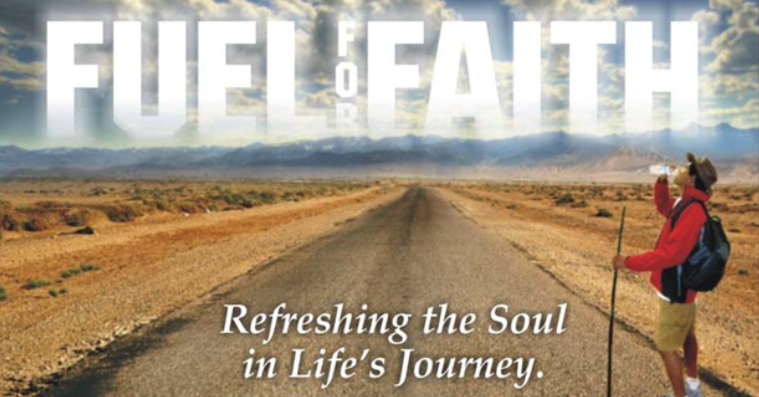
As we go higher in education, we tend to know more and more about less and less. When I was in high school I used to marvel at anybody who had a Ph D behind their name. I had a stereotyped idea that all Ph D’s were walking encyclopedias. When I became a doctoral student myself, I often felt I was in the wrong place, I thought I was the one odd man out who did not know as much as the others did. By the end of the program, when I graduated with a Ph D, I realized that you need not know a lot to become a Ph D. My education helped me a lot, it taught me many things but one of the most important things my education did to me is to expose the vastness of my ignorance. I am now more aware of my unawareness. When I was younger I was certain about many things, I had lot more answers than questions, today it’s the reverse, I have lot more questions than answers.
Psychologist Daryl Bem notes “Generalizing from a limited set of experiences and treating individuals as members of a group are not only common cognitive acts but also necessary ones” There is nothing wrong with generalization per se, in fact most social sciences depend on such studies that start as private observations on a smaller sample and eventually present as generally accepted facts for similar groups. Generalization is a necessary part of learning and it helps to develop an initial idea about a thing, place or a person, but when people are too stuck with their general ideas that they cannot see the uniqueness of specific individual then we run into the danger of stereotyping.
When I was younger I was certain about many things, I had lot more answers than questions, today it’s the reverse, I have lot more questions than answers.
Stereotype is defined as a fixed, commonly held notion or image of a person or group, based on an oversimplification of some observed or imagined trait of behavior or appearance. According to Dr. Gwendolyn Stevens “Stereotype is to assign identical characteristics to any person in a group, regardless of the actual differences among members of the group.” Assigning characteristics or placing things and or people into categories is the way humans’ process information and that begins from the moment of birth as we try to figure out the way the world works. Stereotypes are as old as human culture itself. They reflect ideas that groups of people hold about others who are different from them. We learn by categorizing things and people, but what we also should learn along the way is that we truly will never know a person unless we go beyond our initial impressions.
“Everything is both simpler than we can imagine, and more complicated than we can conceive.” – Goethe
Working with college students for many years I encountered many young people who would frequently ask me ‘what is the shortcut to understanding the Bible’. They presume that seminaries teach these secret formulas of understanding the Bible, if that is true every seminarian would start his own spiritual store supplying the secret formula. Many Christians purchase study Bibles filled with notes, commentaries and cross references hoping that they will solve all their questions and equip them for ministry. Please do not get me wrong, these resources are very helpful and necessary for a serious student of the Bible, but to expect that the buying of such material or just reading of such material will make you a better Christian may be just an illusion. There are no shortcuts to growing in our understanding of God or his word. Our understanding of God’s word or God is a gradual process and it takes a long time and so does building Christian character.
Goethe once said “Everything is both simpler than we can imagine, and more complicated than we can conceive.” Guys if this quote is too complicated don’t just skip it; read it again for that is one of the most profound truths you cannot ignore in life. As humans we are always tempted to simplify things and categorize people into boxes and labels. But the reality is that at a deeper level life is more complex than what it appears. When kids draw pictures often their clouds are spheres and their mountains are cones, but on a closer look (when they grow up) they realize that there are many clouds that are not spheres and many mountains that are not cones.
As Benoit Mandelbrot observed “Clouds are not spheres, mountains are not cones, coastlines are not circles, and bark is not smooth, nor does lightning travel in a straight line.” When you are tempted to stereotype a person next time, remember that you are blinding yourself to the uniqueness of an individual who was created by God. Let me close with one of my favorite quotes by H. W. Shaw “The trouble with people is not that they don’t know, but that they know so much that ain’t so.”
“The trouble with people is not that they don’t know, but that they know so much that ain’t so.” – H. W. Shaw
– – Author: Rev. Francis Burgula – –
